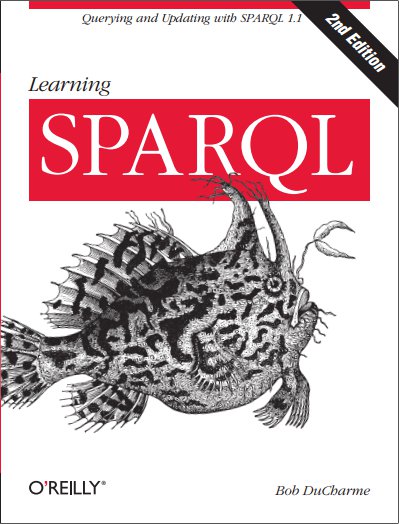I got so tired of hearing people complain about how confusing RDFa is that while I was on hold during a recent phone call I threw together a demo of just how simple it can be. The document has the two basic kinds of triples: one with a literal for an object, with data typing thrown in for good measure, and one with a resource URI as its object. A View Source of that document will show this in its head element (namespaces are declared earlier):
If we replaced Facebook with a decentralized collection of cooperating services that provide a similar collection of features, obvious candidates for some of these services are FOAF files, twitter, and flickr, but what would coordinate those services? Some have APIs and can store information that lets you make connections between the different services, so I wrote something to make one of those connections.
Facebook’s OpenGraph, Google’s Rich Snippets, BestBuy’s use of the GoodRelations vocabulary and other recent events are boosting RDFa’s popularity for storing machine-readable data in web pages. There are several tools and programming libraries available (not to mention built-in features of development platforms such as TopQuadrant’s TopBraid Suite for application development) that let you extract the RDF triples from this RDFa markup and use it, but I recently…
Yahoo! SearchMonkey is one of those interesting, RDF-related technologies that I’d been meaning to check out for a while, and when I saw how much of the reaction to Google’s Rich Snippets was people like Ryan Smith or Peter Mika in the May Semantic Web Gang podcast saying that Google was just doing what SearchMonkey had already done, I knew that it was time to look more closely at SearchMonkey.
After writing a few paid articles and doing a lot of blogging about various issues, features, and trends surrounding the Semantic Web, Linked Data, RDF, RDFa, SPARQL, OWL, and related tools and implementations, I thought it would be nice if I could tie them together into something resembling a cohesive whole. So, I wrote a short essay titled RDF, The Semantic Web, and Linked Data with over 70 footnote links to these various pieces. It will be a handy reference for me in the future, and I hope it…

